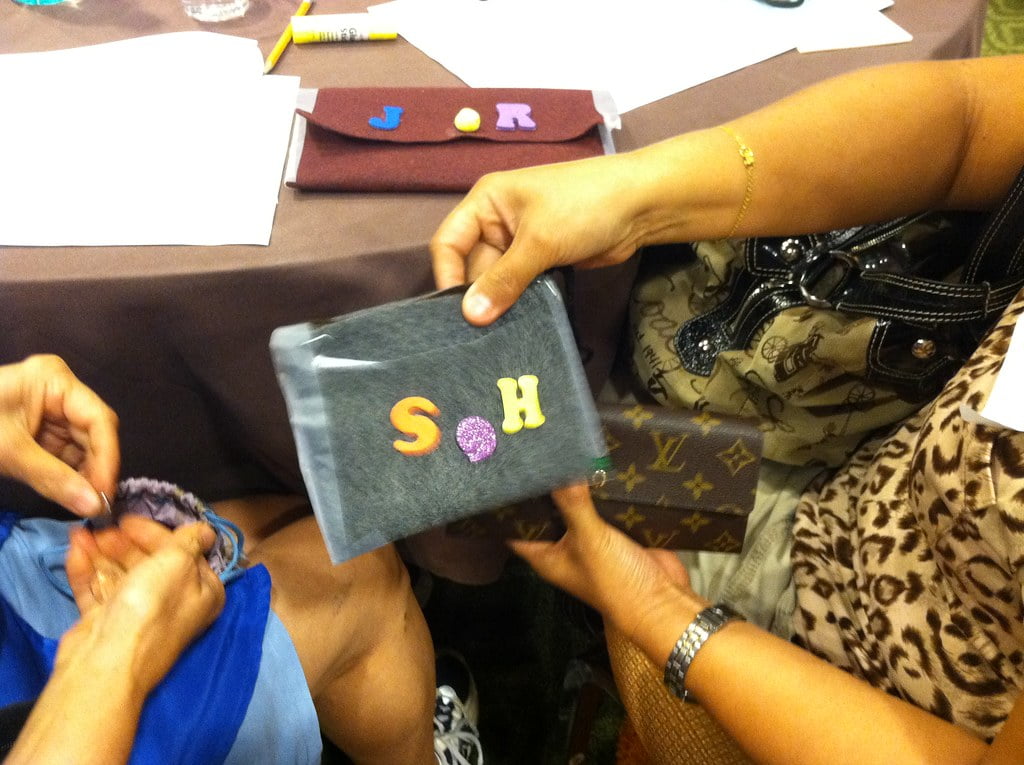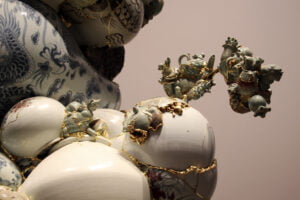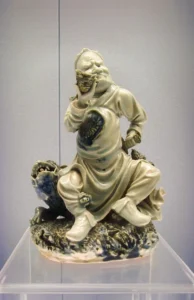In the world of crafts, there exists a grand divide between the genuinely handmade treasures and the mass-produced imitations that flood our markets. Handmade crafts evoke images of skilled artisans laboring away with love and precision, each piece a unique work of art. On the other hand, mass-produced items churned out by the thousands lack the soul and individuality that handmade items boast. Let’s take a satirical look at this stark contrast, and explore the absurdity of mass-produced “handmade” crafts.
The Allure of Handmade Crafts
There’s something undeniably charming about handmade crafts. They represent a labor of love, hours spent perfecting every detail. Think of a beautifully knitted scarf, an intricately carved wooden figurine, or a delicate piece of pottery. Each piece tells a story of the artisan who made it, their skills honed over years, perhaps even passed down through generations.
“Handmade crafts are like snowflakes, no two are exactly alike,” says craft enthusiast Jane Doe. “When you buy a handmade item, you’re not just buying a product, you’re buying a piece of someone’s heart and soul.” It’s a comforting thought, knowing that your hand-thrown ceramic mug was made by someone who genuinely cares about their craft.
The Rise of Mass-Produced “Handmade” Items
Enter the world of mass production, where the concept of handmade is stretched to its breaking point. Mass-produced items are the fast food of the craft world—cheap, readily available, and lacking any real substance. These items are designed to mimic the look of handmade goods but are created by machines and unskilled laborers working in factories halfway across the globe.
“Nothing says ‘authentic’ like a ‘handmade’ basket with a ‘Made in China’ sticker,” quips satirical blogger Mark Smith. These items are churned out by the thousands, each one identical to the last, devoid of any personal touch or uniqueness. The irony is palpable, yet these products continue to flood the market, masquerading as genuine handmade crafts.
The Flea Market Fiasco
Flea markets and craft fairs, once havens for genuine artisans, have become battlegrounds for handmade vs. mass-produced. You wander through the stalls, admiring the wares, only to realize that half the items claiming to be “handmade” are suspiciously uniform and suspiciously cheap.
“I bought a ‘handmade’ necklace at a craft fair, only to find the same one at a dozen other stalls,” laments shopper Sarah Green. “Turns out, it was mass-produced and bought wholesale.” The deception is frustrating for buyers who believe they are supporting local artisans, only to discover they’ve been duped by mass-produced imitations.
The Etsy Experience
Etsy, the online marketplace for handmade and vintage items, has also fallen victim to the mass-production invasion. While it started as a platform for genuine crafters to sell their work, it’s now riddled with shops peddling factory-made goods.
“Etsy used to be a place where you could find unique, one-of-a-kind items,” says long-time seller Emma Craft. “Now, it’s filled with mass-produced junk posing as handmade.” This shift has disillusioned both buyers and sellers, as the market becomes saturated with items that lack the authenticity Etsy once championed.
The Quality Quandary
One of the most glaring differences between handmade and mass-produced crafts is quality. Genuine handmade items are crafted with care, using high-quality materials. Mass-produced items, on the other hand, often cut corners to reduce costs, resulting in products that may look good initially but don’t stand the test of time.
“Handmade items have character,” says artisan woodworker John Oak. “Mass-produced items are soulless.” Oak’s sentiment is shared by many artisans who take pride in their work, knowing that each piece they create is made to last, not just to sell.
The Ethical Element
Buying handmade isn’t just about quality and uniqueness; it’s also about ethics. Supporting local artisans means supporting fair wages, sustainable practices, and keeping traditional skills alive. Mass production, however, often involves exploitative labor practices, environmental degradation, and a focus on quantity over quality.
“Every handmade purchase supports a real person,” says ethical consumer advocate Mary Green. “Every mass-produced purchase supports a faceless corporation.” The choice seems clear, yet the lure of cheap, convenient products often wins out over ethical considerations.
The Price Paradox
One of the main selling points of mass-produced crafts is their affordability. Handmade items, due to the time and effort involved, are understandably more expensive. But as the saying goes, you get what you pay for.
“People complain about the price of handmade goods,” says potter Lily Clay. “But they don’t realize they’re paying for quality and craftsmanship.” In contrast, mass-produced items might save you a few bucks, but you’ll likely end up replacing them sooner, negating any savings.
The True Value of Handmade
At the heart of the handmade vs. mass-produced debate is the question of value. Handmade items offer intrinsic value that goes beyond the monetary. They carry the essence of the creator, the story behind their creation, and a sense of individuality that mass-produced items can never replicate.
“Handmade crafts are timeless,” says collector Sarah Weaver. “They have a soul, a history, and a future.” This sentiment captures the true essence of handmade items: they are not just objects but pieces of art that enrich our lives.
Conclusion: The Handmade vs. Mass-Produced Debate
The contrast between handmade and mass-produced crafts is stark. While mass-produced items offer convenience and affordability, they lack the soul, quality, and ethical considerations of handmade goods. As consumers, it’s up to us to decide what we value more: the quick and easy or the unique and meaningful.
The next time you’re tempted by a “handmade” trinket that looks suspiciously uniform, take a moment to consider its origins. Supporting genuine artisans not only ensures you’re getting a unique, high-quality item but also supports ethical practices and keeps the art of craftsmanship alive. In a world increasingly dominated by mass production, the choice to support handmade crafts is a choice to value quality, individuality, and authenticity. And that’s a choice worth making.











